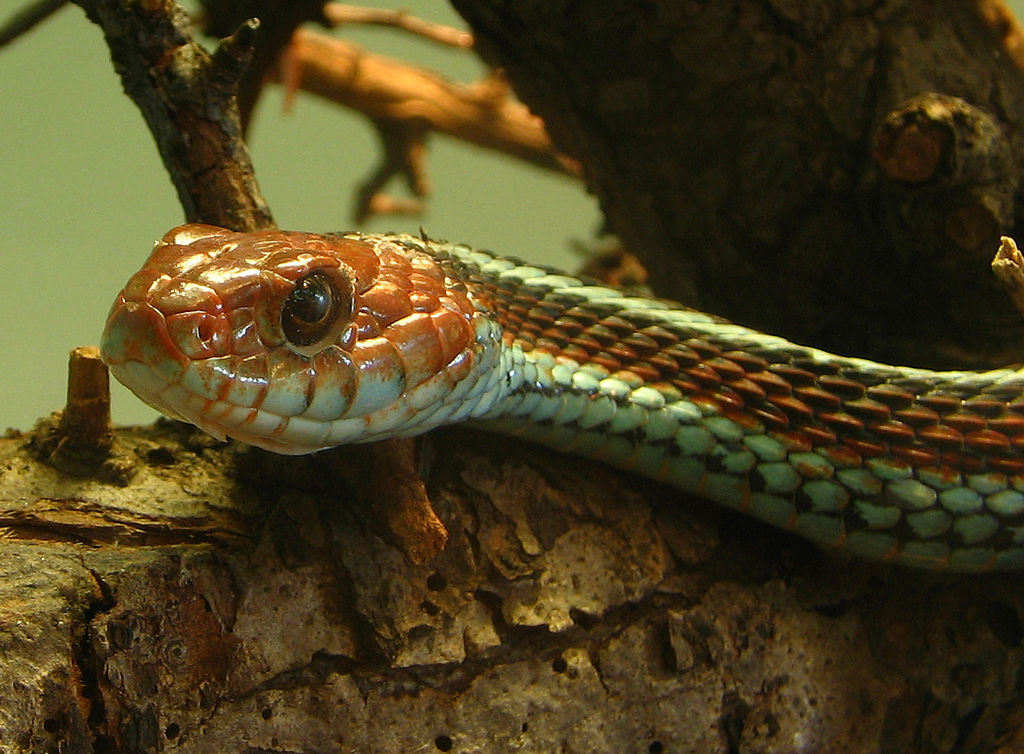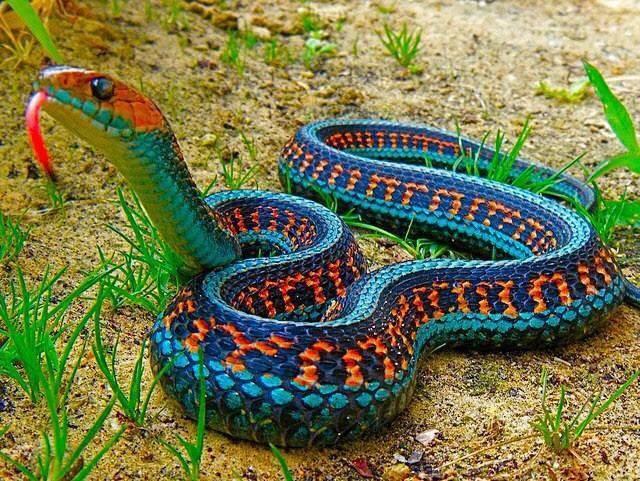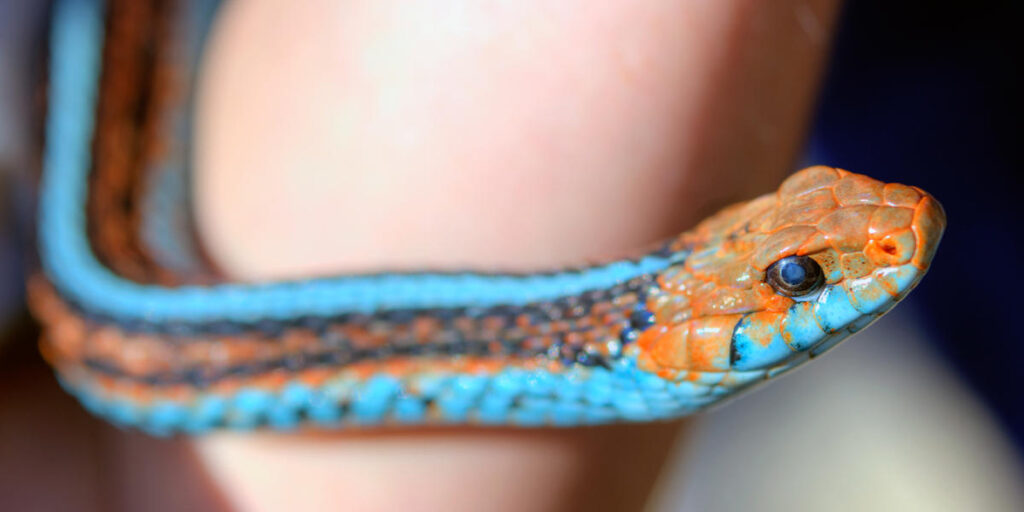
Since 1967, the San Francisco Garter Snake has been listed as an endangered species, and its plight has captured the attention of conservationists and herpetology enthusiasts alike. Renowned as the most beautiful snake in the United States, this remarkable serpent is facing a precarious future, with researchers estimating that only 1,000 to 2,000 individuals remain in the wild.


Endemic to the San Francisco Bay Area of California, the San Francisco Garter Snake (scientifically known as Thamnophis sirtalis tetrataenia) is a sight to behold. Its vibrant and intricate coloration sets it apart from its reptilian counterparts. Featuring a brilliant blue hue on its back, accented with vibrant red and black stripes, this snake is truly a living work of art.
The unique beauty of the San Francisco Garter Snake is not the only reason for its conservation significance. Its existence is deeply entwined with the wetlands and marshes of its native habitat. These snakes are highly adapted to the riparian zones, marshes, and coastal grasslands that dot the landscape. Their diet consists primarily of small amphibians, such as frogs and newts, making them an essential component of the ecosystem.

Unfortunately, the San Francisco Garter Snake faces a multitude of threats that have contributed to its endangered status. Habitat loss due to urbanization and agriculture has significantly impacted its natural home. Pollution, invasive species, and climate change further exacerbate the challenges faced by this delicate species.
Conservation efforts are underway to safeguard the future of the San Francisco Garter Snake. The protection and restoration of its habitat are paramount, with initiatives focusing on preserving wetlands and coastal grasslands. Captive breeding programs have also been established to bolster the population and ensure the survival of this magnificent creature.

It is crucial for individuals and communities to recognize the importance of preserving biodiversity and the unique beauty of species like the San Francisco Garter Snake. By supporting conservation organizations, spreading awareness, and advocating for the protection of natural habitats, we can all play a role in ensuring that future generations can witness the awe-inspiring beauty of this endangered snake.

Leave a Reply